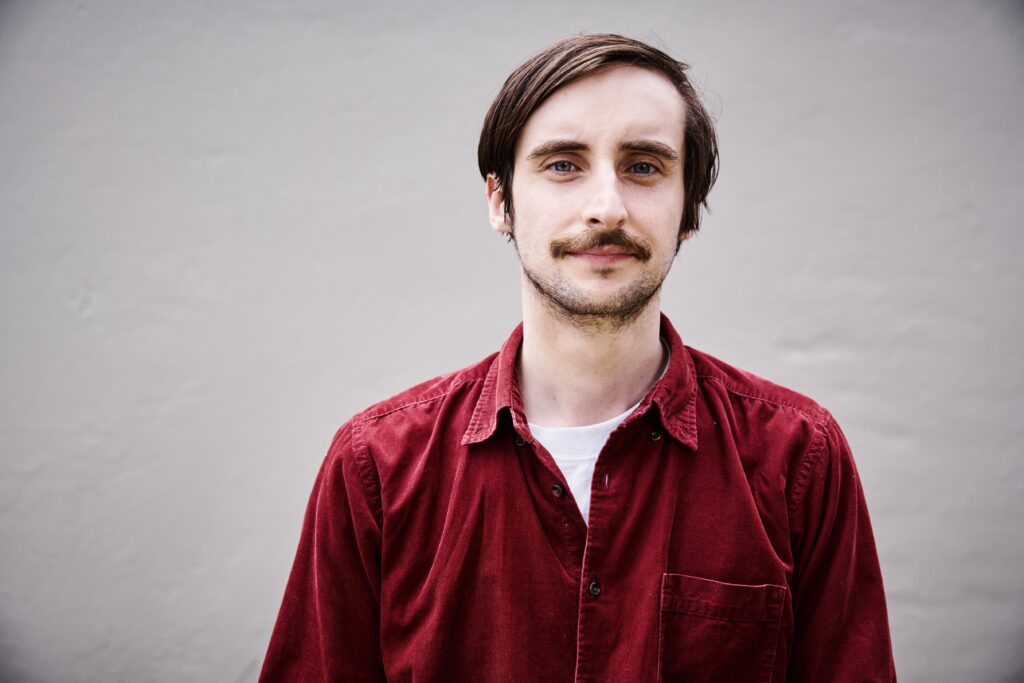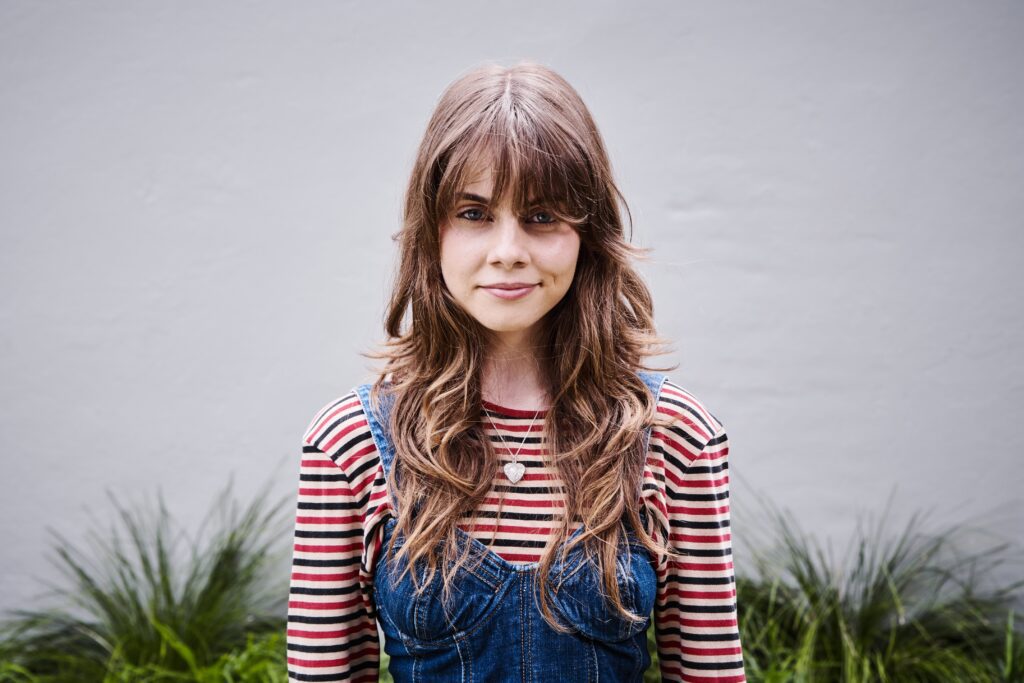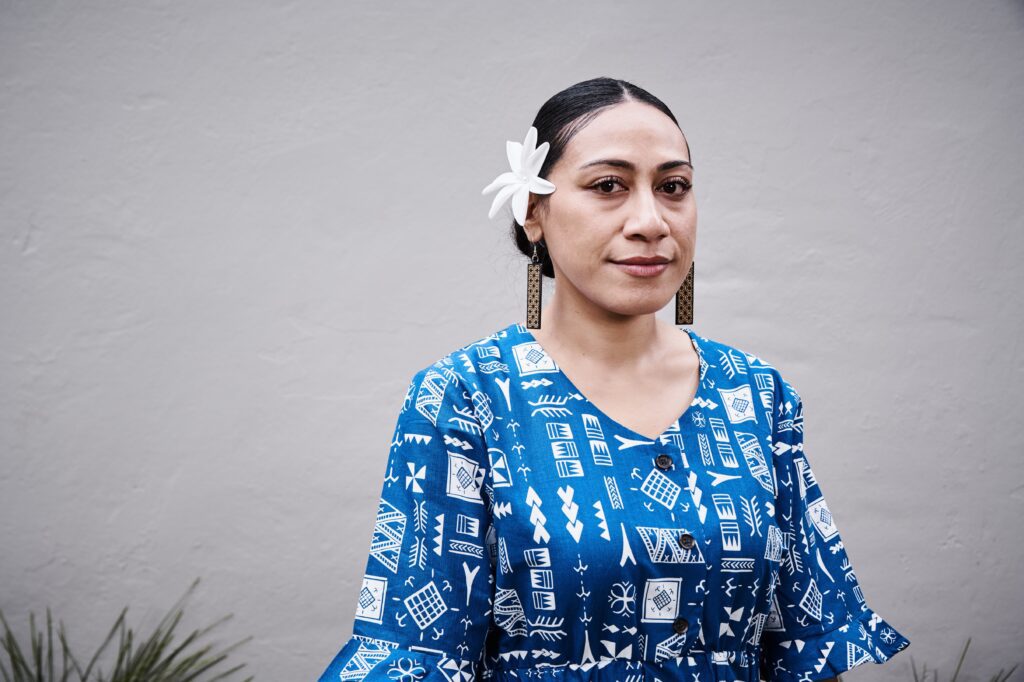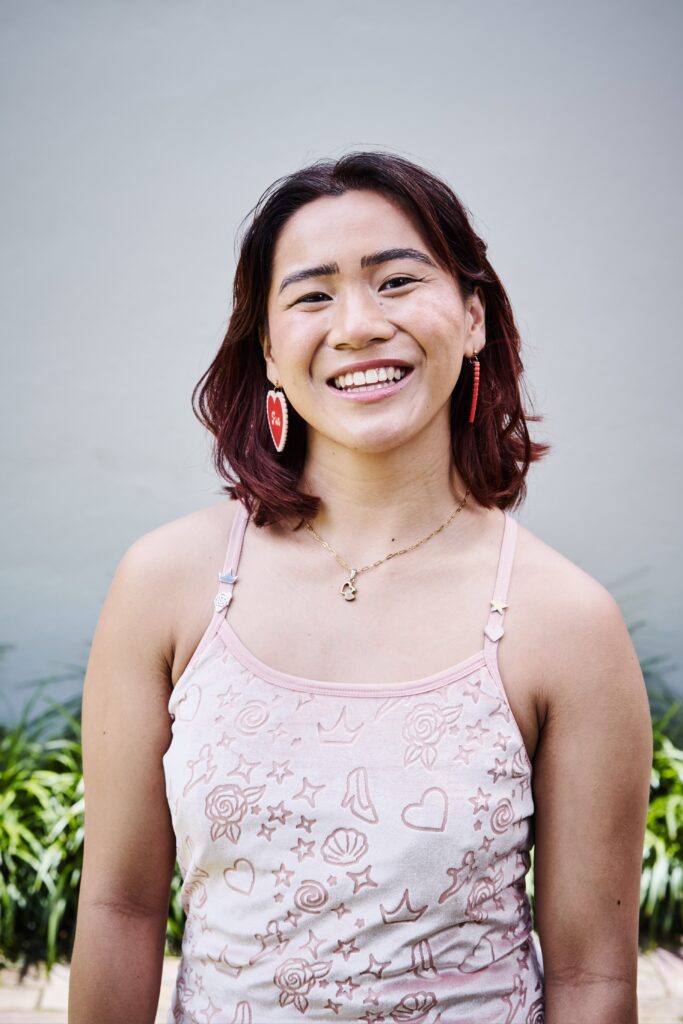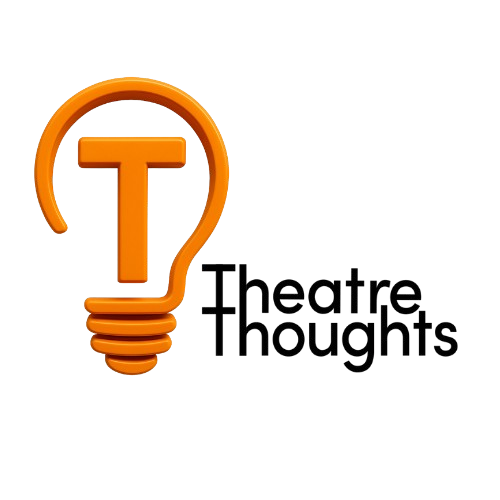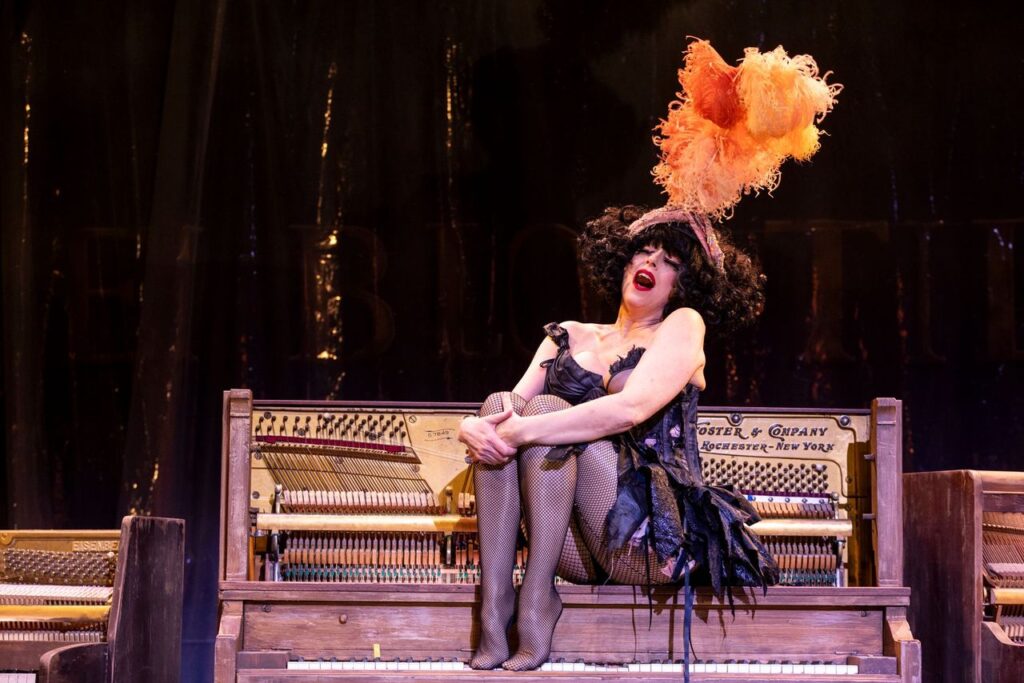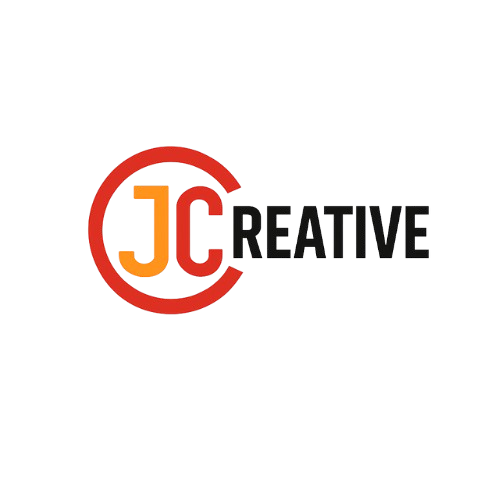
Shopfront Arts Co-Op’s annual ArtsLab program is the biggest it’s ever been, with EIGHT artists taking part to create new, original, exciting works
ArtsLab is Shopfront Arts Co-op’s flagship emerging artist residency program. A six-month laboratory that offers free space, masterclasses, networking opportunities and professional mentorship. The residency culminates in a festival-style season to present the artists’ work to the public. This residency isn’t just about creating work; it is about learning what it takes to have a sustainable career in the arts.
Theatre Thoughts heard from ArtsLab members, Fia Morrison (Mummy, I’m Scared!), Matthew Forbes (We Have Stolen Our Bodies From God), Fale Tumanu (Tautua: A Journey), Amelia Harding (Bunny Boiler), Jasper-Lee Lindsay (Rex), Thea Jade (manic pixie meltdown), Resinperson (ULTRAREALITY!) and Maybelline San-Juan (Maybelline is in her Slut Era) in our Fast Five Q&A ahead of their festival-styled season.
Mentored by artists who have made a successful career in the arts, these eight new emerging artists have worked with the likes of Michelle Brasier, Zoë Coombs Marr, Hannah Goodwin and Jules Orcullo. 2025’s ArtsLab: Reverb promises to be daring as new performance works span installations, theatre, puppetry, music, cabaret and comedy.
Read the full Fast Five Q&A below, then head over to Shopfront’s website to book your tickets to the season at their home ground theatre in Carlton.
1. Describe your show in three words
Fia Morrison (Mummy, I’m Scared!): Spooky, silly, lots-of-farts (my personal favourite word) on the nose. I love it!
Matthew Forbes (We Have Stolen Our Bodies From God): Spooky, existential folktronica
Fale Tumanu (Tautua: A Journey): Raw, Personal & Challenging
Amelia Harding (Bunny Boiler): Grungy, ominous and heartstopping
Jasper-Lee Lindsay (REX): Chaos. Comedy. Computer.
Thea Jade (manix pixie meltdown): Neu-ro-spicy
Maybelline San-Juan (Maybelline is in her Slut Era): Raunchy, witty, surprising
resinperson (ULTRATREALITY!): sensory, numinous, digiliminal
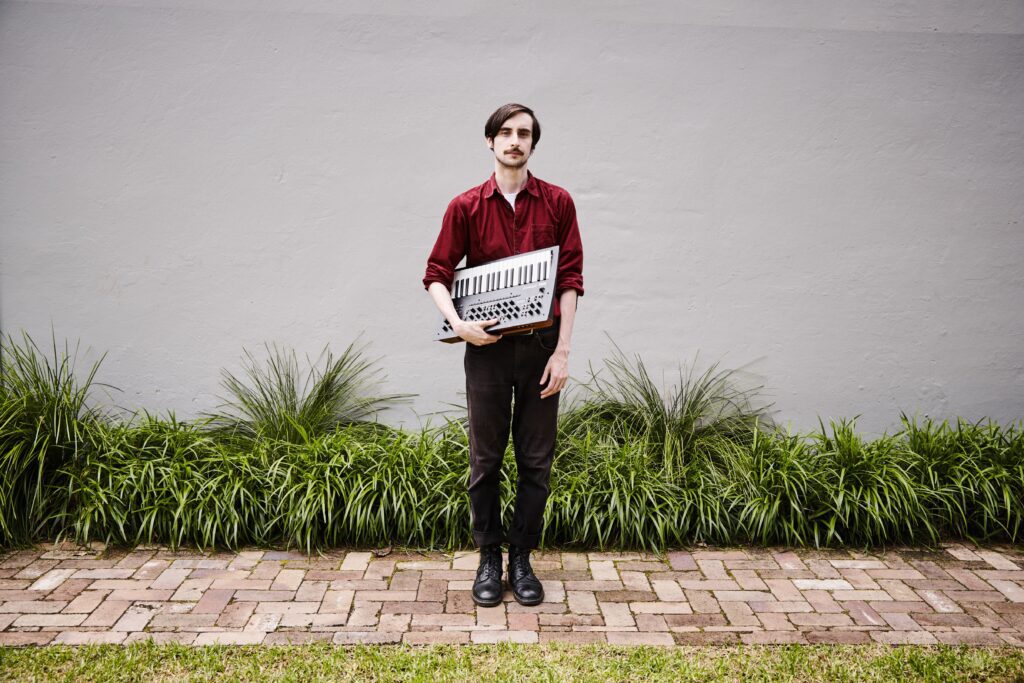

2. What was the biggest artistic risk you took while creating this work?
Fia Morrison: There isn’t lots of space for silly character pieces created by independent artists and honestly, I have very little upper body strength for how much work constant self-belief takes. Every time I decide to create another show, I fear that the risk is too high. I get scared of the things we all do, that we live in a time and place that doesn’t prioritize small artists, let alone very silly female comedians, that I am just creating in a big empty hole of blah. The biggest artist risk I took while creating this work was to create it. I couldn’t be more proud and lucky to have Shopfront’s support.
Matthew Forbes: Forcing myself to only use perfect rhymes, though I probably ended up cheating a few times (my biggest stretch was rhyming ‘open’ with ‘hoping’). This was a choice inspired by Stephen Sondheim (as so many of my creative decisions are) who talks about how a perfect rhyme renders the meaning of a line “easily intelligible”, while a near rhyme “blurs it”. The main reason why this was a risk is it made the process of writing lyrics – which is always a major hurdle for me as is – more restrictive and take much longer than it might have otherwise. I’ve come out the other side with lyrics that will hopefully be as satisfying to hear as they were to eventually write.
Fale Tumanu: The biggest artistic risk I took was ACTUALLY pursuing this project. I have mainly performed at open mic & poetry events but I did something different by combining all my poetry into a one hour piece. I didn’t think I was capable but, now, here we are.
Amelia Harding: When creating a one-person show there is a lot of pressure to stay physically active in the space and to have several props that your character can interact with to prevent the work from becoming “too static”. The show is set in the back alley of a pub and because of this, I had always envisioned the stage being minimalist in its props and set. I wanted the focus to be on Rigby’s words and emotional journey over her physical journey. The main set items we use are milk crates. They are a transformative set piece that can create new environments and props for Rigby. Stepping out on stage with nothing more to interact with than herbal cigarettes and milk crates felt like a significant creative risk, however I believe it paid off.
Jasper-Lee Lindsay: All of it was a bit of a gamble, really. I think the whole idea of making your own work always feels like a big risk. It’s a vulnerable thing to do. Everyone in ArtsLab feels the same way to some degree. It’s inspiring that they can feel that and still power through and create amazing work.
Thea Jade: In developing manic pixie meltdown I have worked with 13 autistic AFAB (assigned female at birth) young artists, and have a team of another 13 collaborating with me for the ArtsLab staging. Handling such a large, brilliant team for my first show was daunting, but incredibly rewarding.
Maybelline San-Juan: Calling it “Slut Era” and being so truthful in the storytelling. One, because I know the title resonates with my audiences, but on the other hand the Asian parents and family are not so understanding of the notion of reclaiming a word. Two, it’s a lot to play the character of yourself and bare your heart on stage, it’s both exposing and validating at the same time.
resinperson: Deciding to mash a bunch of different mediums and ideas together before knowing it would work (i still don’t know for sure and that’s very exciting/terrifying).
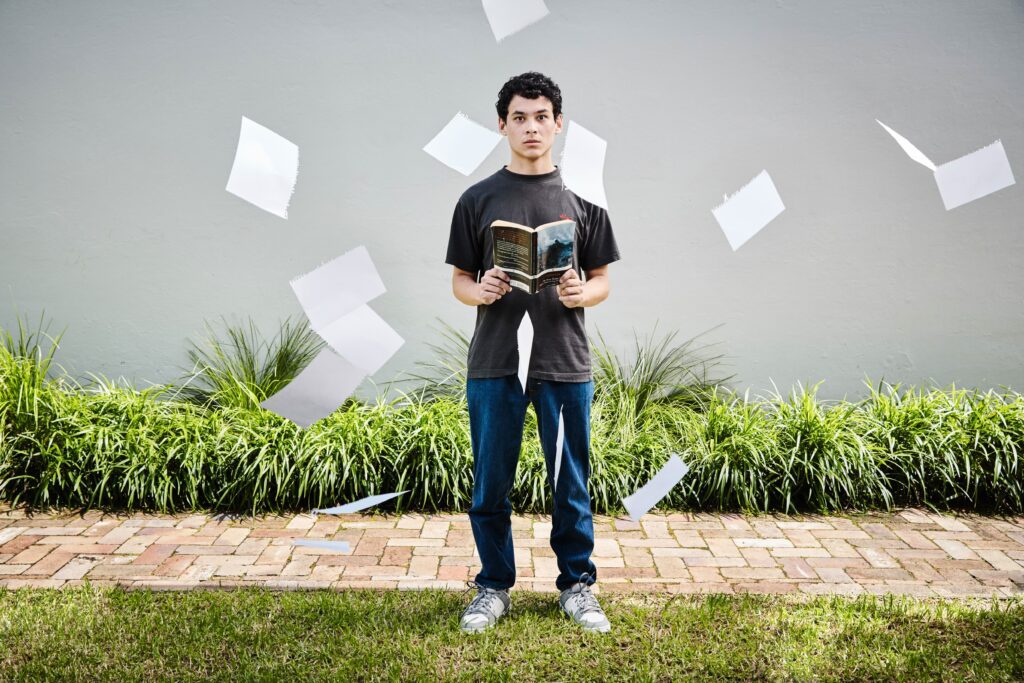
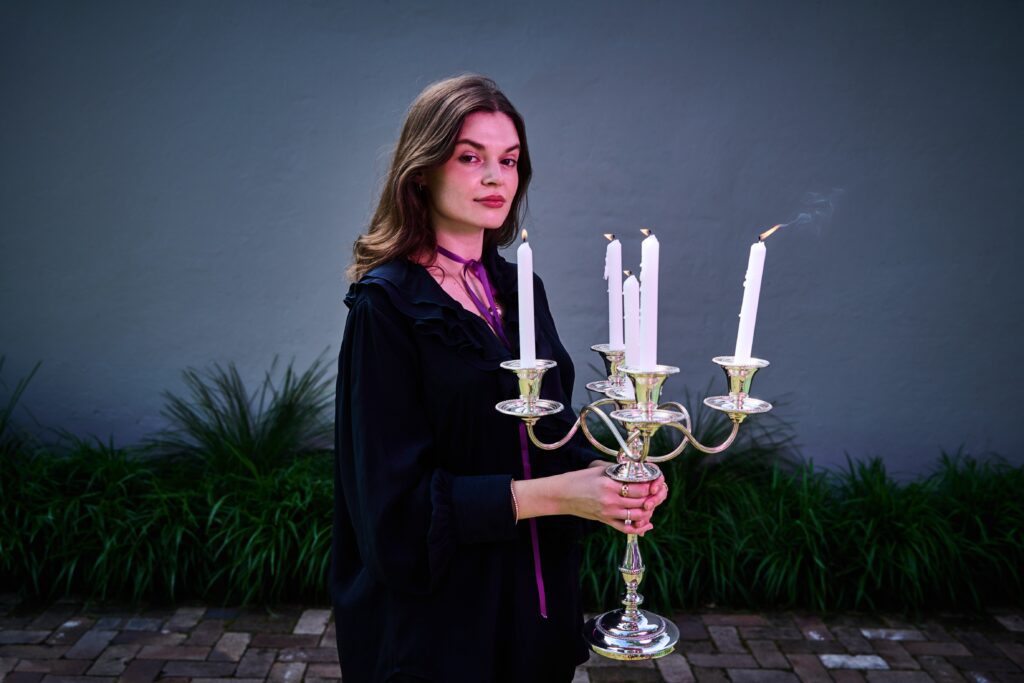
3. If your show had a dream celebrity guest star (dead or alive), who would it be and why?
Fia Morrison: Big Bird, dead.
Matthew Forbes: Sufjan Stevens. This will probably seem like a very obvious answer to anyone once they see the piece, but given its musical stylings and religious themes, I couldn’t name another person who influenced me as much as he did throughout the writing process. The opening track to his album Illinois – one of my favourite records – was a specific point of inspiration, as it uses biblical imagery to describe a real-life UFO sighting that occurred in 2000. In a sense, I extrapolated on that idea to explore what the discovery of extraterrestrial life would mean for those with religious faith.
Fale Tumanu: Tusiata Avia. She is a trail blazer and has helped establish the foundation for Pasefika poets, literary writers and performers to be seen. I watched her one woman show and that inspired me to want to do my own. She was just this whole unapologetic brown woman on stage standing in her bold truths.
Amelia Harding: The show has a lot of references to music. I feel like Rigby would love a visit from Kurt Cobain. I can see them having deep discussions over a cigarette in the alleyway. I feel like Kurt would get Rigby’s angst and dark sense of humour, plus he would add some pretty awesome music to the show as well!
Jasper-Lee Lindsay: Jesus Christ. I think a lot of people would want to see him.
Thea Jade: Well that just feels greedy since I’ve already secured Kirsten Dunst…
Maybelline San-Juan: Britney Spears. If you see the show you’ll understand – I’ve loved her since I was six.
resinperson: aving David Lynch (RIP) provide narration and voicework for ultrareality would have been pretty sweet.
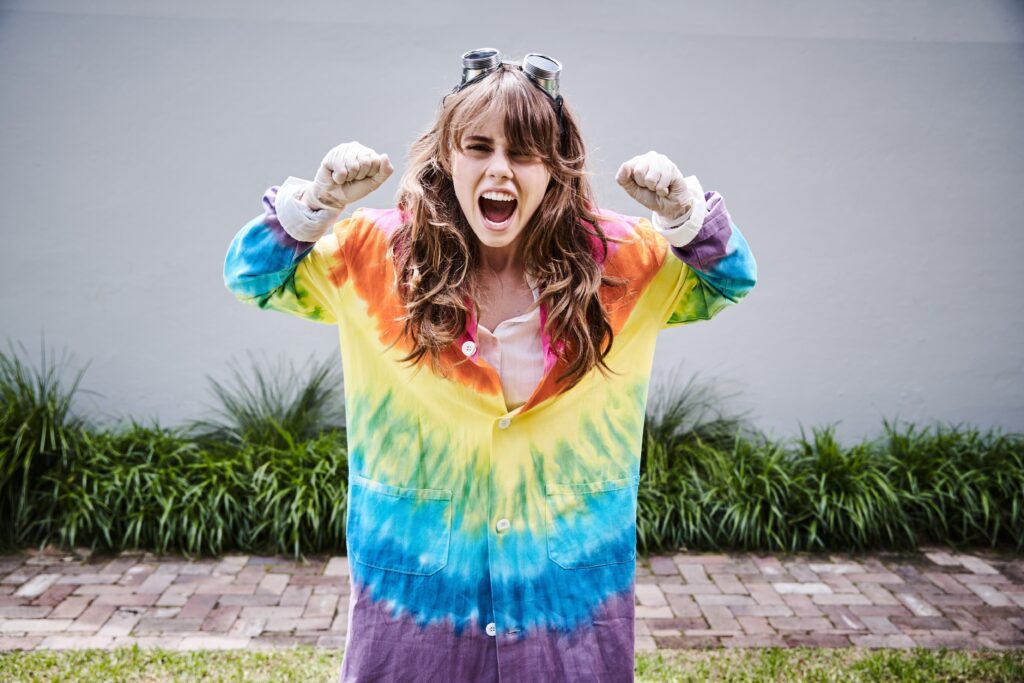
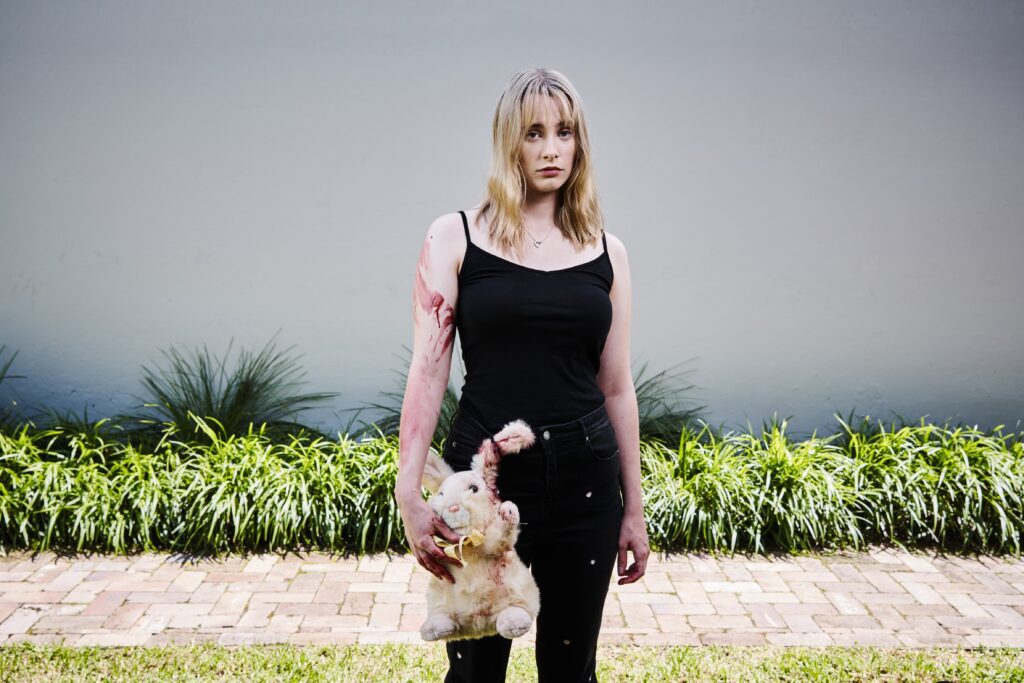
4. What’s one thing you’ve learned from being part of the ArtsLab program that you’ll take into future projects?
Fia Morrison: Although being an independent artist has taught me the age-old lessons that firstly, Rome was famously built in 25 minutes and secondly, all good things are done in complete and utter isolation, knowing that you have a creative support system has been absolutely incredible. It is invaluable to be able to call someone who isn’t directly in the show, and discuss the work, general stresses and creative ideas. Having the time and space to create and the importance of having support from Shopfront and my mentor (Mish Grigor) has rocked my smelly little world.
Matthew Forbes: Getting a big-ish group together to do a show of any kind requires a lot of organisation and communication. I’m generally okay with the latter, but trying to step up my game with the former has been a massive undertaking for me. A key thing I’ve learned is that long-term rehearsal planning, even while a piece is still being written, is pretty much the best way to go about the process of devising and preparing something for performance.
Fale Tumanu: Knowing how to appreciate the journey of self development. To fall in love with the grind that comes with it. I’ve been at this scriptwriting thing for almost a whole year now. I’ve hit so many bumps and hiccups along way the way for me to finally get to this point. Its been worth it.
Amelia Harding: The importance of collaboration. When I first applied for ArtsLab it was only me working on the production. After the first few weeks of rehearsal I was really craving another creative so I decided to bring in Luke Denvir to direct and it has been the best decision. Not only was it a weight off my shoulders but it made rehearsals more fun as we could bounce ideas off each other and challenge ourselves creatively. I have also had several other creatives come into the rehearsal room who gave really wonderful feedback and had incredible ideas about how to further leverage the work. Although it is only me on the stage there were so many people that helped the work become what it is which I think is really beautiful.
Jasper-Lee Lindsay: Honestly, at this point, I’m still in the thick of it, thinking about performing/writing/directing/a lil bit of producing. I haven’t had time to reflect because my brain is still working on what’s ahead of me. I’m not sure I could discern a constructive thought from an overly-critical one. But in that case, I’ll say I’ve learned to give myself some slack and just do what I can do.
Thea Jade: The importance of consistently revisiting the project’s core ‘why?’, especially during challenging periods. Collaborating with creatives who embody this has reinforced that manic pixie meltdown is above all a community building project.
Maybelline San-Juan: That a solo work still takes a village. Community is so important and some of my best jokes have been punched up by people I’ve invited into the workshop room. People are willing to lend an ear and help, and just asking is so simple!
resinperson: To open myself up to collaboration, flexibility and change. I tend to get very tunnel-visioned when I work so learning to make sacrifices, listen to and ultimately trust the artists around me – to trust that they trust me. I have a lot more confidence in myself and my creative expression now because of what I’ve learned from letting others see my work.

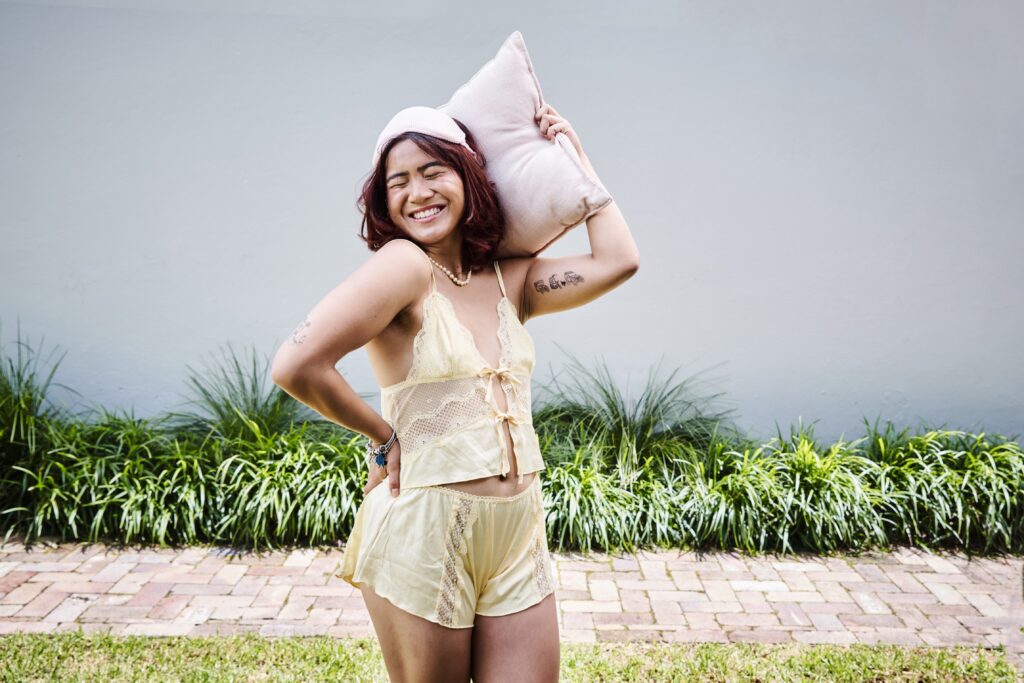
5. Why should audiences come and experience your work at ArtsLab?
Sophia Morrison: Shhhh, secret, don’t tell anyone, but my two collaborators and I are actually all international spies for Extreme Silliness, so this show is legally the silliest thing you will see. Also, nothing gets my attention like a ghost story, let alone an incredibly strange and slightly elaborate one.
Matthew Forbes: There’s a pretty diverse array of genres and musical ideas being represented through this work, from abstract improvisations to legitimate pop songs. Because of this, I can see it appealing to the tastes of a lot of different people. Also, while it does specifically focus on crises of faith in the religious sense, I think anyone who has had their worldview dismantled at a fundamental level in the face of tragedy or some other hugely impactful event, will be able to identify with the work.
Fale Tumanu: If they’re up for confronting truths and want my personal insights on Samoan culture then I hope they can take that away from this work.
Amelia Harding: Bunny Boiler really makes the audience question what we can be capable of as human beings and why we are capable of these things. We meet Rigby right after she is accused of being the culprit of a hit and run. The audience then gets to sit with her in real time as she digests this accusation and the role she might have had in it. The stripped back grungy atmosphere of the show allows audiences a direct window into Rigby’s thoughts, emotions and memories. It is deeply relatable and heartfelt.
Jasper-Lee Lindsay: You SHOULD go to see all the ArtsLab shows because they’re all so creative and exciting and everyone is so talented. But if you want to see an unhinged show about Ancient Greek tragedies that’s about 45 minutes long, this show is that and you can come see it if you like.
Thea Jade: This is a unique work led entirely by a neurodivergent, AFAB ensemble portraying autistic characters. When you identify as othered in the world, it’s important to see yourself represented. Current portrayals often water-down autistic women, but manic pixie meltdown aims to disrupt this by showcasing deeply flawed, complex humans. It also very much laughs at itself, and gives you the permission to do so as well. So I think this show will surprise people. And though grounded in neurodivergent experiences, it explores the universal feeling of inadequacy, something everyone grapples with.
Maybelline San-Juan: Well my debut six show season in Adelaide sold out…so the data shows that it’s not one to miss! Also the clout that comes with saying “I saw it first!”, before I take the show to Hollywood! (Tysm to the Adelaide Fringe x Hollywood Fringe for the gorgeous Tour Ready Award)
resinperson: I might never get the opportunity to do something like this again so it’s an exclusive, world first, multi-sensory, audio-visual, live filmmaking and theatrical experimental puppet rave experience. If you want to switch your brain off for 40 minutes and return to your body, come dance with us!
The ArtsLab festival runs from the 2nd to the 12th April, 2025, with Auslan interpreted performances, industry and emerging artist nights taking place across the season. Find out more and book your tickets here.

